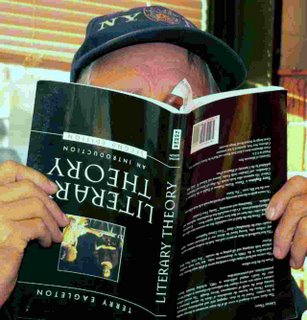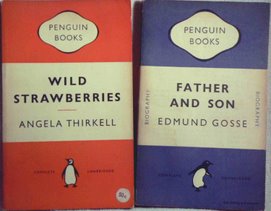Artifacts of the opium trade _ gnarled wood of the Thai phrik khi nu chili bush
Blogaulaire just couldn't resist sticking those words in a title after reading them on-line at time.com in an article from March, 2003. Here are those words again, in a full sentence:
"These pipes are part of the museum's collection, including one fashioned from the gnarled wood of the Thai phrik khi nu chili bush, which was said to impart a spicy flavor to the opium smoke."
Pipe Dreams in the Golden Triangle
By Steven Martin
Mar. 17, 2003
"High and Low: Visitors can check out facsimiles of Asia's infamous opium dens at the Thai museum"
In the early 1950s, newly communist China took draconian steps to rid its population of addicts, but the vice lingered for another decade in the expatriate-Chinese communities of Southeast Asia. Thailand was the last place in the world with licensed opium dens. In 1959 those licenses were revoked; the Heng Lak Hung on Bangkok's Charoeng Krung Road, said to be the world's largest opium den, with more than 5,000 users in residence, shut its doors, and thousands of opium pipes, lamps and other smoking equipment were burned in a massive bonfire at the royal cremation grounds near the Grand Palace.
In the past few years, however, aficionados of Asian art and antiquities have rediscovered the dens' often delightfully ornate accoutrements: pipes, oil lamps, pipe bowls, opium trays and beds. When curators began gathering artifacts for the Hall of Opium, some of the best pieces were found in the Thai Excise Department.
. . .
Patterns on pipe bowls ranged from geometrical designs, such as the Hindu swastika (also used in Buddhist art), to whimsical portraits of Chinese roosters, tigers, dragons and phoenixes, to floral renderings of bamboos, orchids and peach blossoms. To those versed in Chinese iconography, this is rich irony: these positive attributes so artfully symbolized -- longevity, strength, happiness and wealth -- were all certainly lacking in the lives of the average opium addict.
The Hall of Opium uses a multimedia approach to trace the history of opium from highly valued ingredient in the pharmacopoeia of the ancients to the scourge of addiction that brought China to its knees in the 19th and 20th centuries. There is a re-creation of a British East India Company clipper ship's hold and its cargo of opium from India destined for the South China coast and a reproduction of a typical 19th century opium den, where a visitor can take himself through the opium smoker's paces (sans opium, of course).
Patrons, according to this life-size diorama, entered through an innocuous-looking tea shop. The poorer users could choose doses of low-grade opium self-administered in spartan surroundings. Better-heeled junkies could smoke pipes of pure opium prepared by servants in opulently furnished rooms. Lest visitors get carried away amid their reveries, the curators have mounted cautionary tributes to entertainers who overdosed, such as River Phoenix and Zhu Jie.
On Cheap Priceless Enditions, we reviewed Nick Tosches. THE LAST OPIUM DEN. (Bloomsbury, January 8, 2002, $12.95, cloth) HERE.
That CPE post touched on the subject of opium as a typical theme of the grit lit genre.




1 comment:
i am looking for all kinds of used books for use in an art installation:old paperbacks, textbooks, etc. i am looking for a lot and hopefully cheap!
any suggestions
-rl
Post a Comment